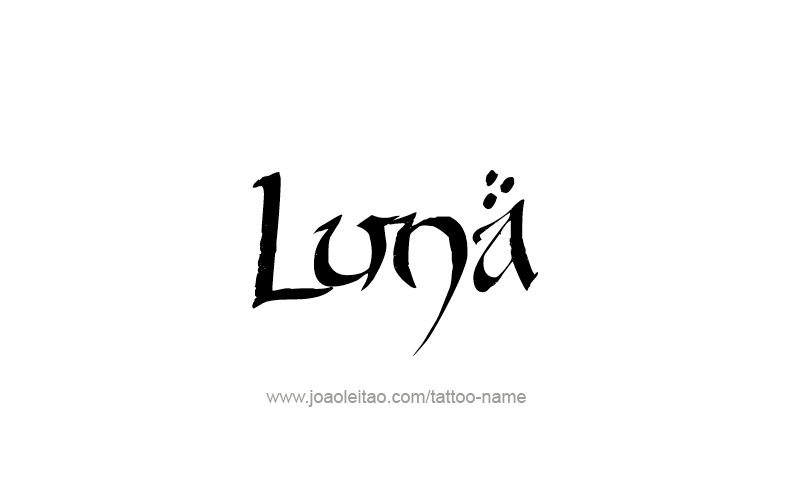


Huna (“to hide” when the moon hides its “horns” and appears more rounded)ġ2.
LUNARK NAME FULL
The second 10-day period was called “poepoe,” “round” or “full,” as the moon became full and round.ġ1. Days 7-10 mark the transition from less than half-lit moon to the more than half-lit moon.) ‘Ole Kūlua was the first quarter of the moon the names for days 7-10 match the names of days 21-24 of the last quarter moon. ‘Ole Kūkahi, ‘Ole Kūlua, ‘Ole Kūkolu, ‘Ole Kūpau (The four ‘Ole days, literally, First, Second, Third, and Last ‘Ole Kū. Kūkahi, Kūlua, Kūkolu, Kūpau (The four Kū days, literally, First, Second, Third, and Last Kū)ħ-8-9-10. Hoaka (crescent arch over the door Handy and Handy say the name means “faint light” or “casting a shadow.”)ģ-4-5-6. The month began with “the first appearance of the new moon in the west at evening,” just after sunset, as the moon moved out from behind the sun (David Malo, Hawaiian Antiquities 31).Ģ. Kamakau, Works of the People of Old / Na Hana a ka ka Po‘e Kahiko 17 David Malo, Hawaiian Antiquities 31-32).ġ. The first 10-day period was called “ho‘onui,” “growing bigger,” beginning on the first crescent (Samuel M. The approximately 30 days of the moon cycle were divided into three 10-day periods known as anahulu. In the traditional Hawaiian calendar, the lunar month was determined by the 29.5-day cycles of mahina, the moon, and the passage of days were marked by the phases of the moon.


 0 kommentar(er)
0 kommentar(er)
